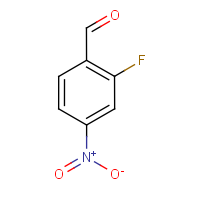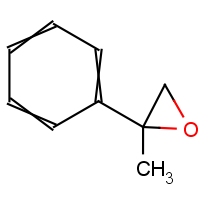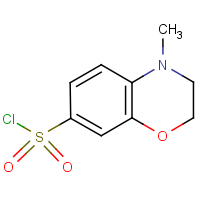2-Fluoro-4-nitrobenzaldehyde

Catalogue Number PC57031
Synonym(s): 3-Fluoro-4-formylnitrobenzene
2-Fluoro-4-nitrobenzaldehyde (CAS: 157701-72-9) is a useful compound that can be applied throughout organic chemistry in a multitude of reactions. Also known as 3-fluoro-4-formylnitrobenzene, the aldehyde has been substantially reported for its involvement as a building block to prepare larger sc... Read More
- CAS Number
157701-72-9
- Commodity Code
2913000090
- MDL Number
MFCD00968941
- Purity
- 97%
- Formula Weight
- 169.11 g/mol
- Melting Point
- 98-99 °C
- Chemical Hazard
- Harmful
- MSDS
- Typical Batch COA
- View
- Request batch specific COA here
Product Description
2-Fluoro-4-nitrobenzaldehyde (CAS: 157701-72-9) is a useful compound that can be applied throughout organic chemistry in a multitude of reactions. Also known as 3-fluoro-4-formylnitrobenzene, the aldehyde has been substantially reported for its involvement as a building block to prepare larger scaffolds,[1] including synthesis of compounds that could potentially be used within the material science industry.[2]
If you require 2-fluoro-4-nitrobenzaldehyde (CAS: 157701-72-9), then reach out to Apollo Scientific today. We are a well-known research chemical supplier and can assist you by providing bulk orders of chemical compounds from our warehouses located in the UK and USA. Additionally, we offer custom synthesis for all chemical compounds. If you have any questions or concerns, please do not hesitate to contact us.
[1] https://pubs.acs.org/doi/10.1021/ol2032784
[2] https://www.sciencedirect.com/science/article/abs/pii/S0167732215303317?via%3Dihub

